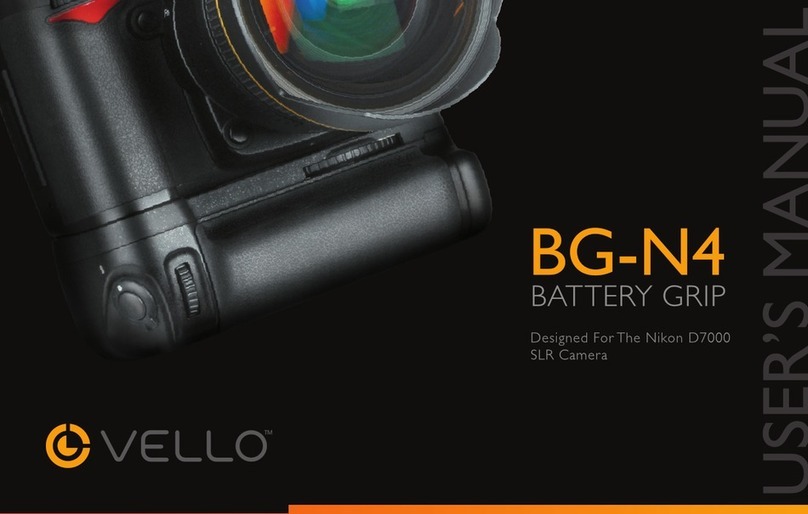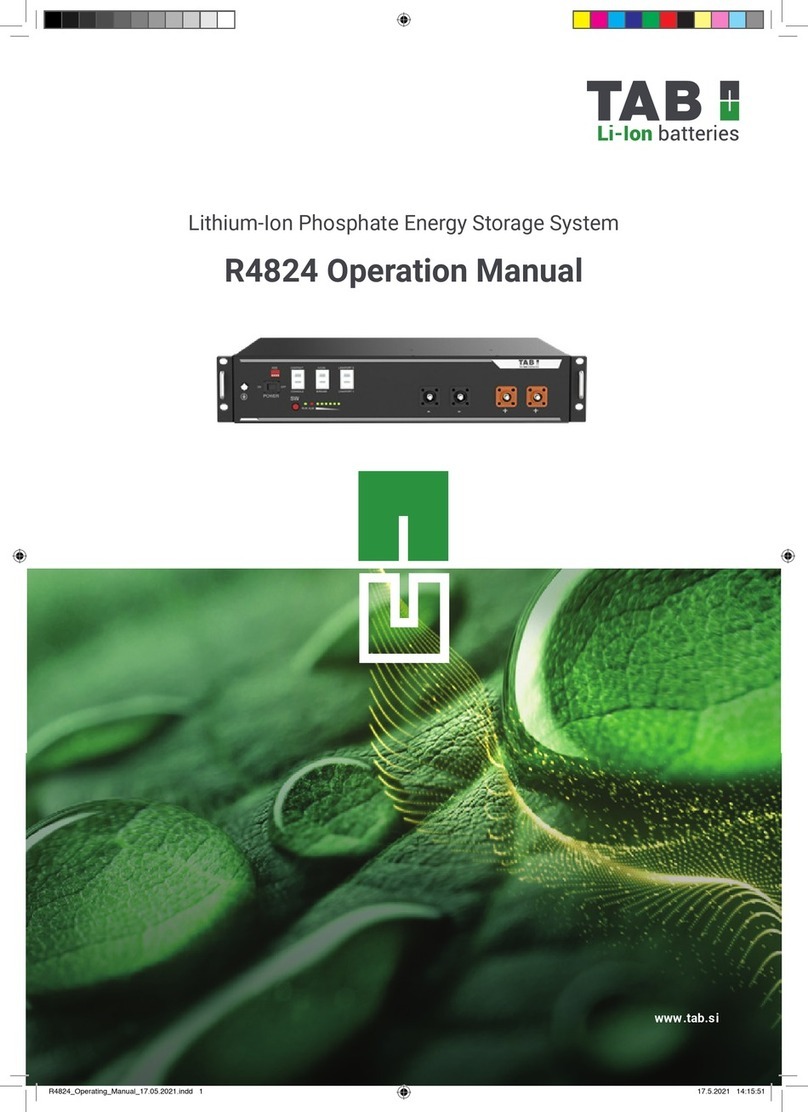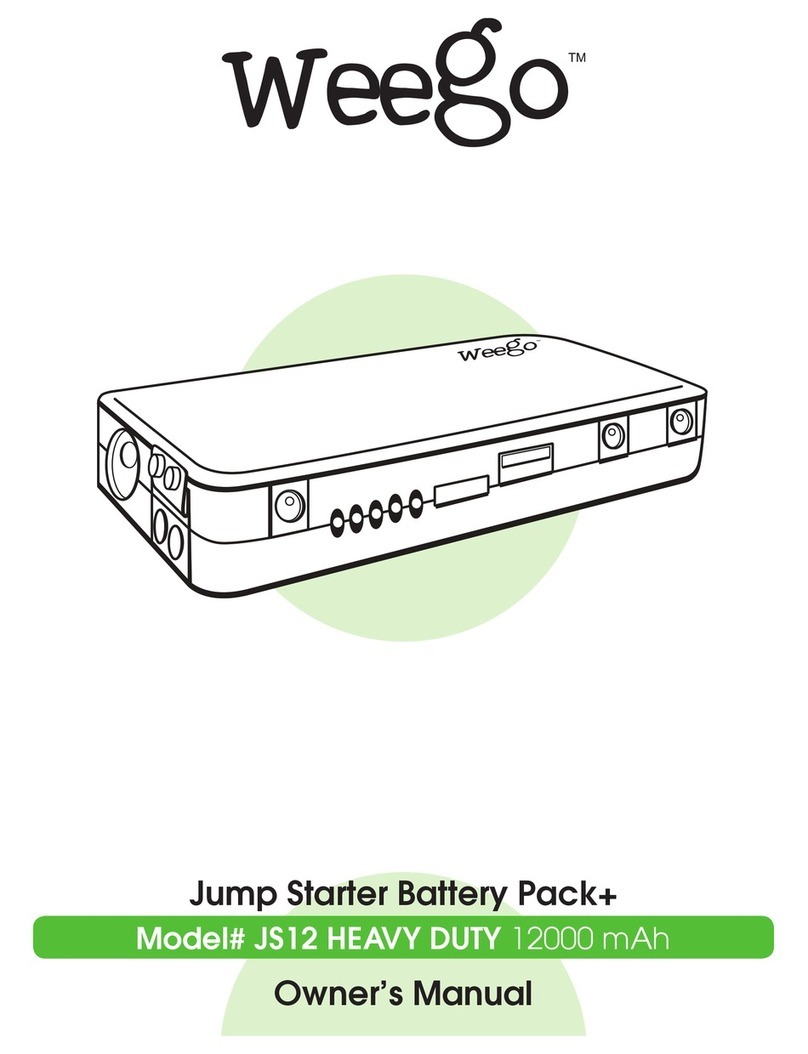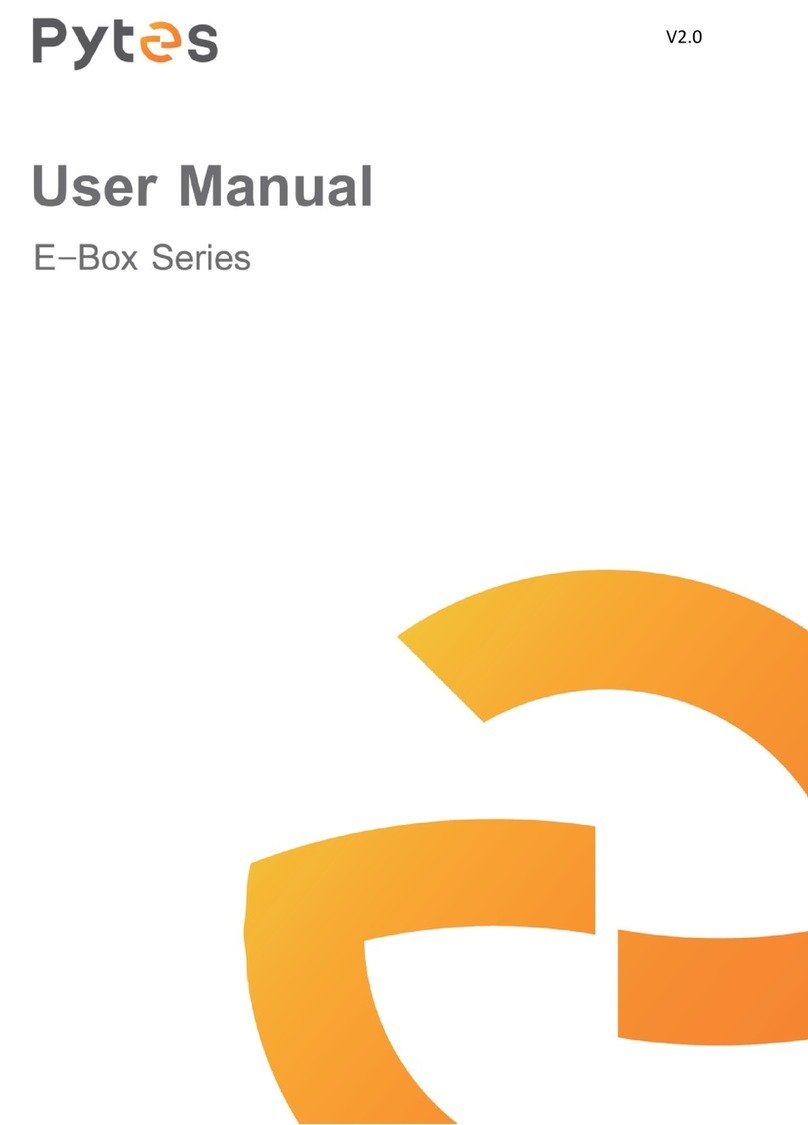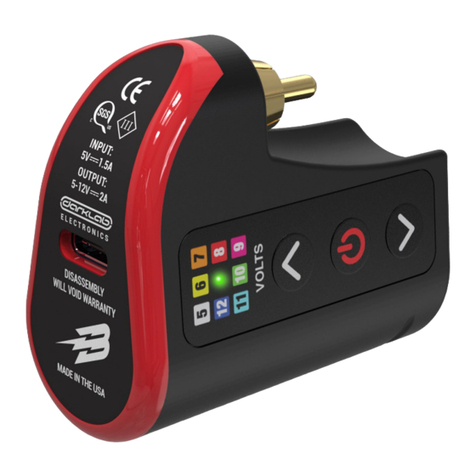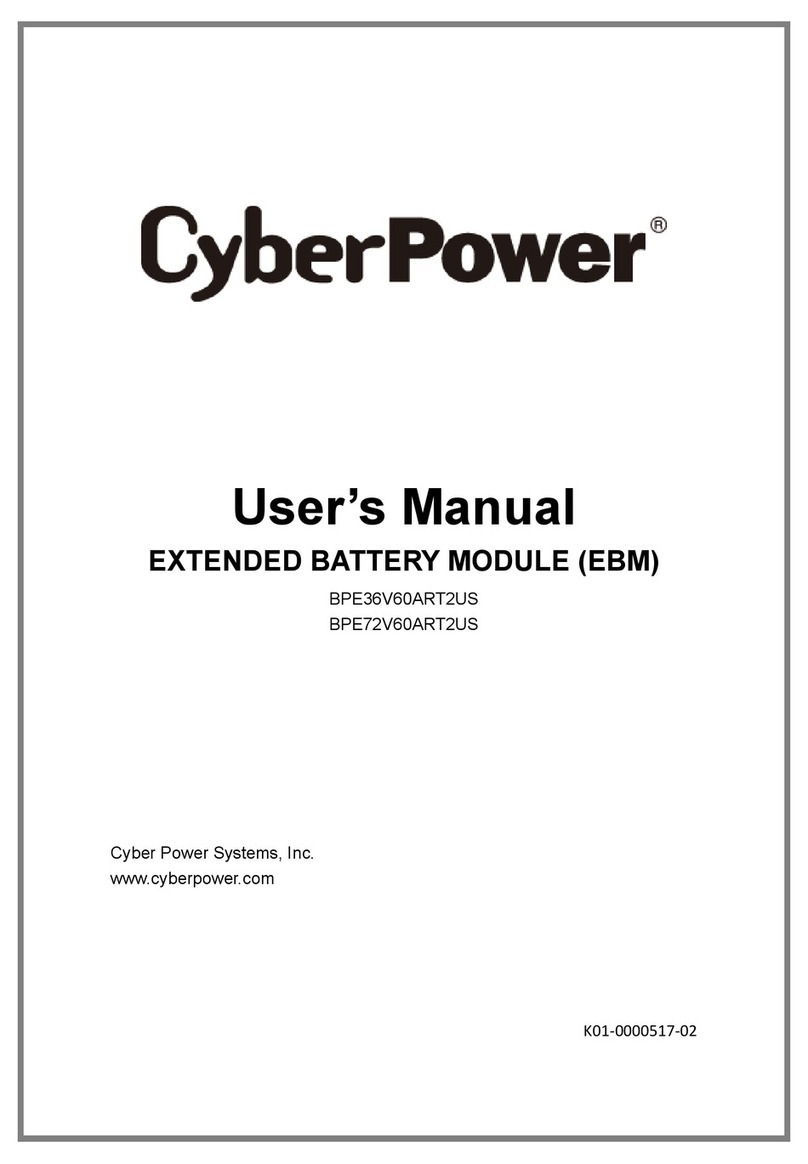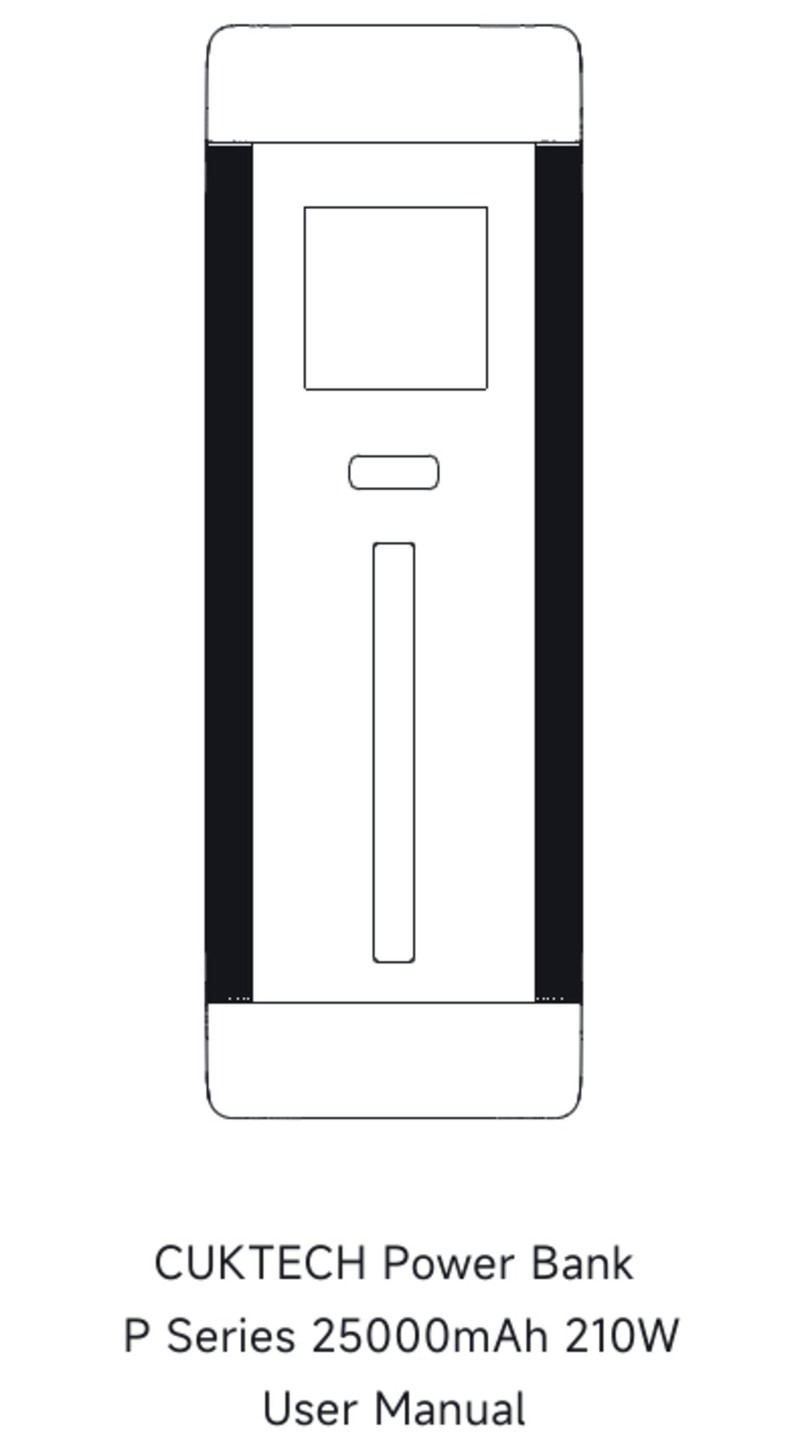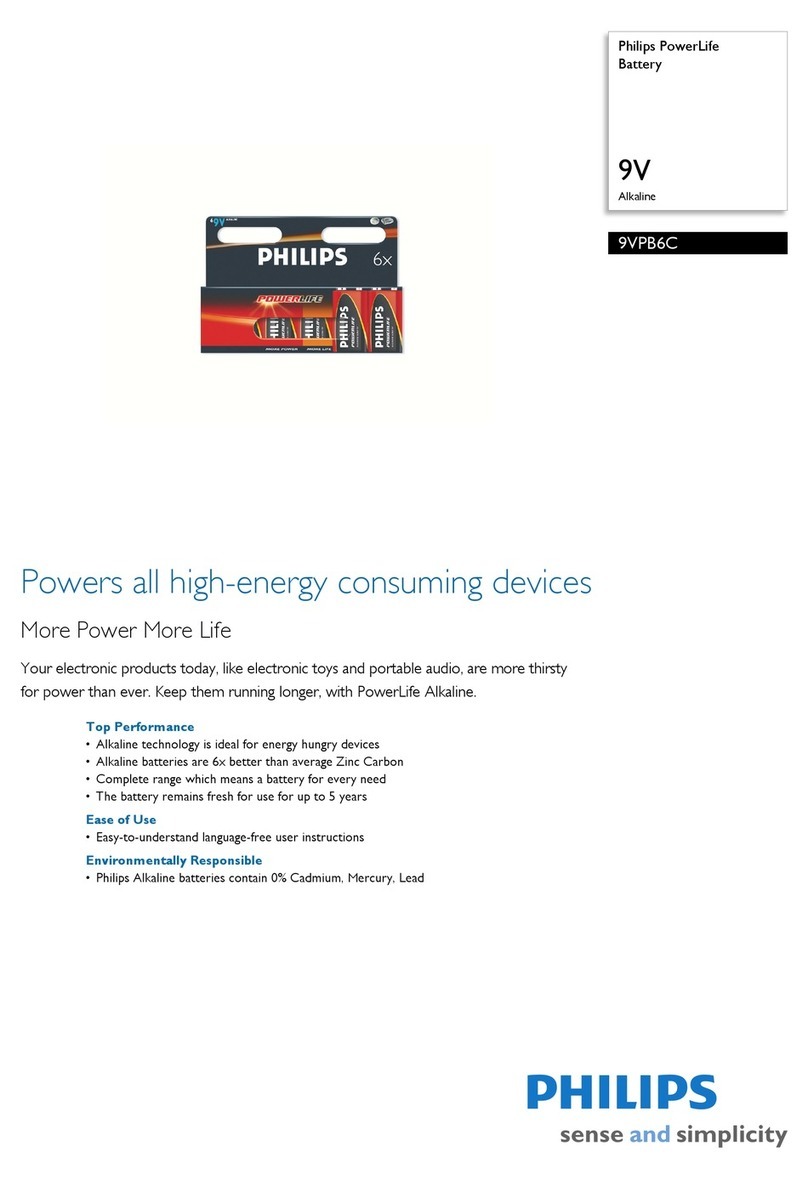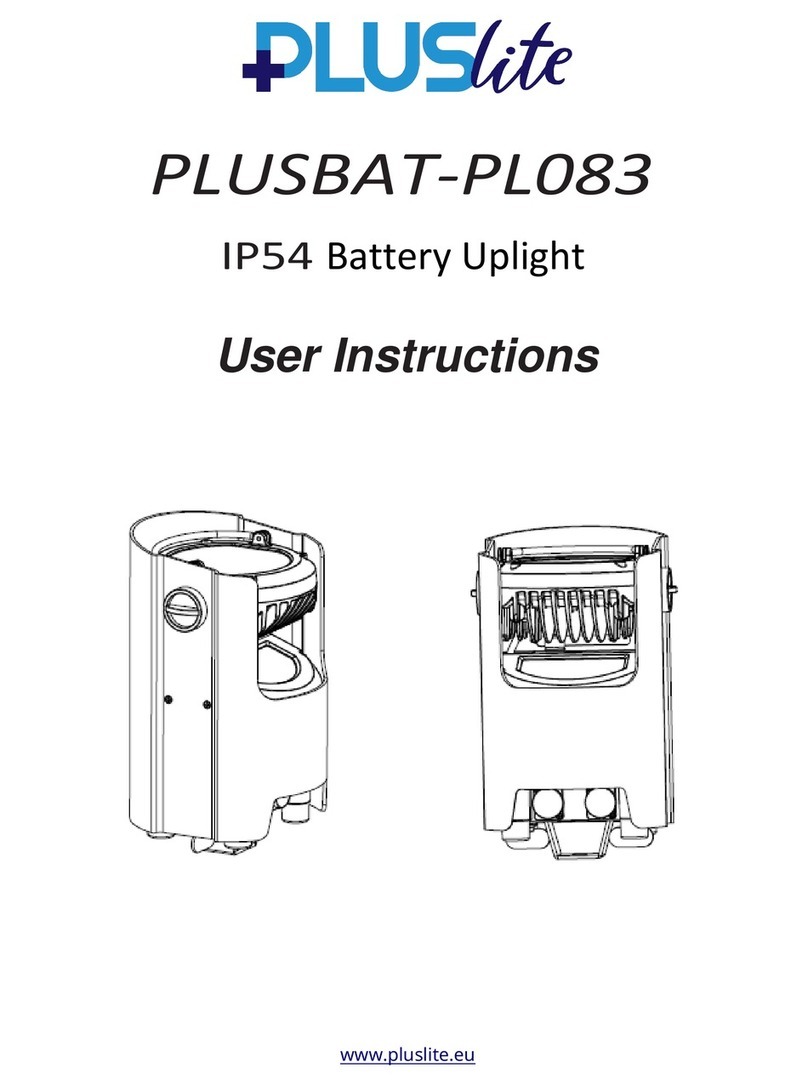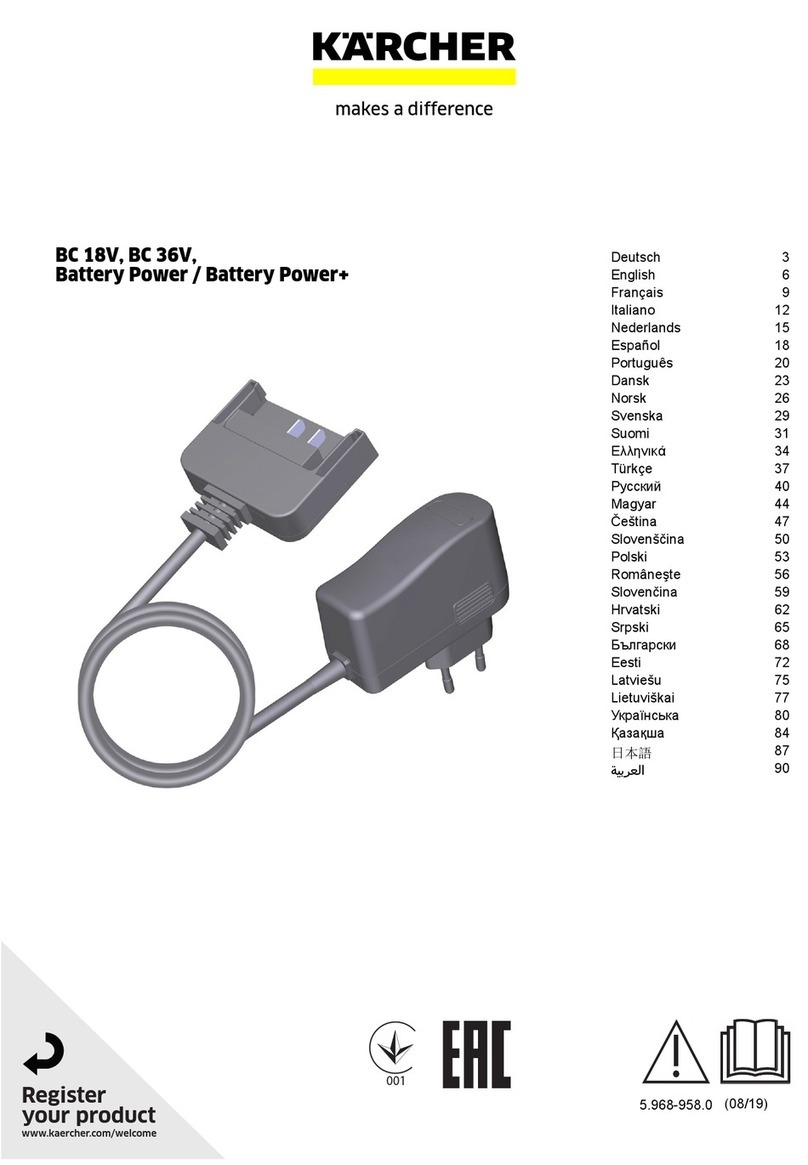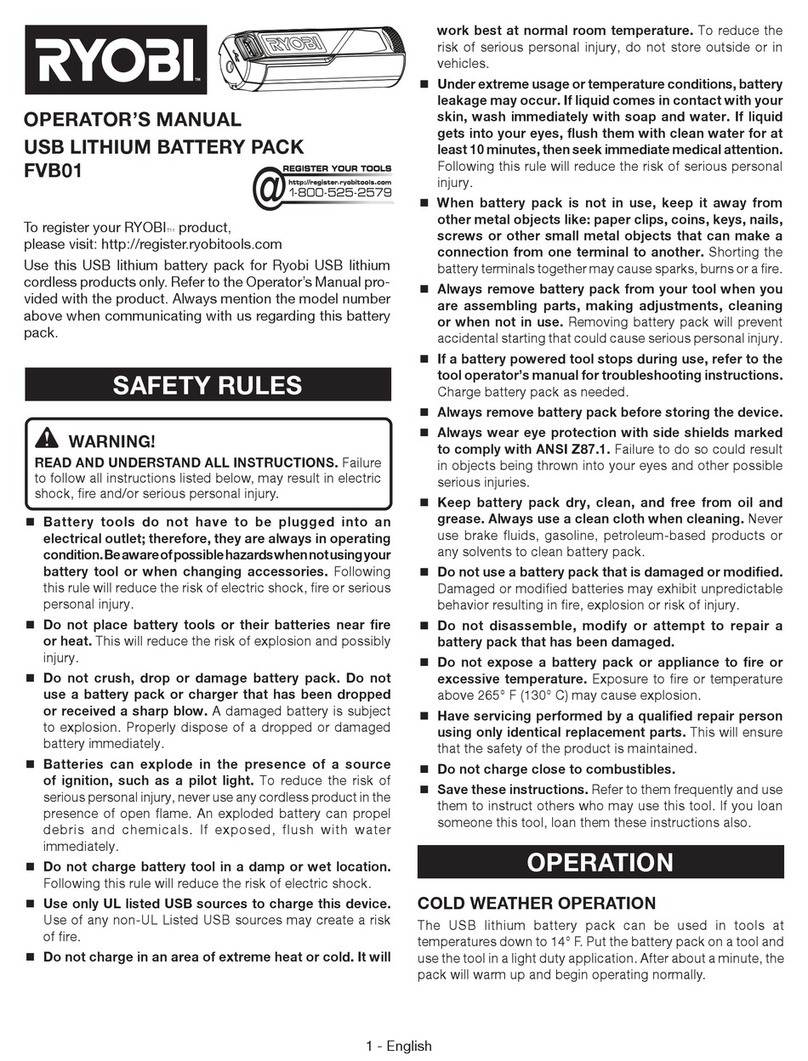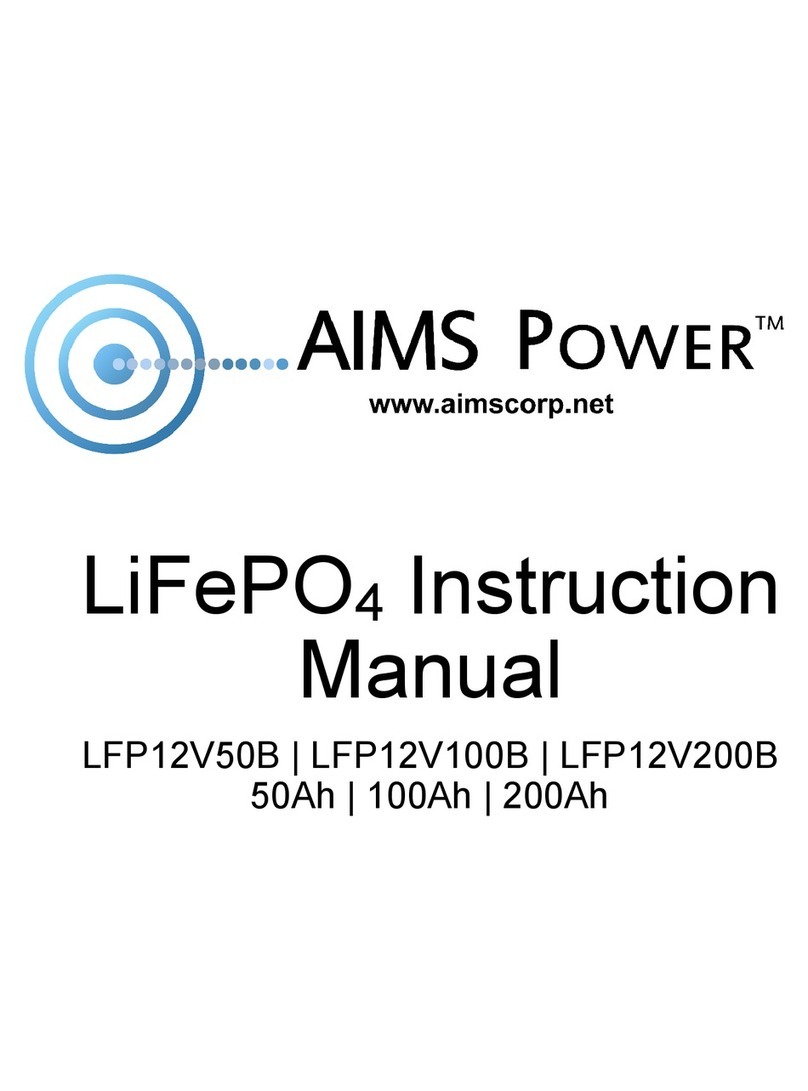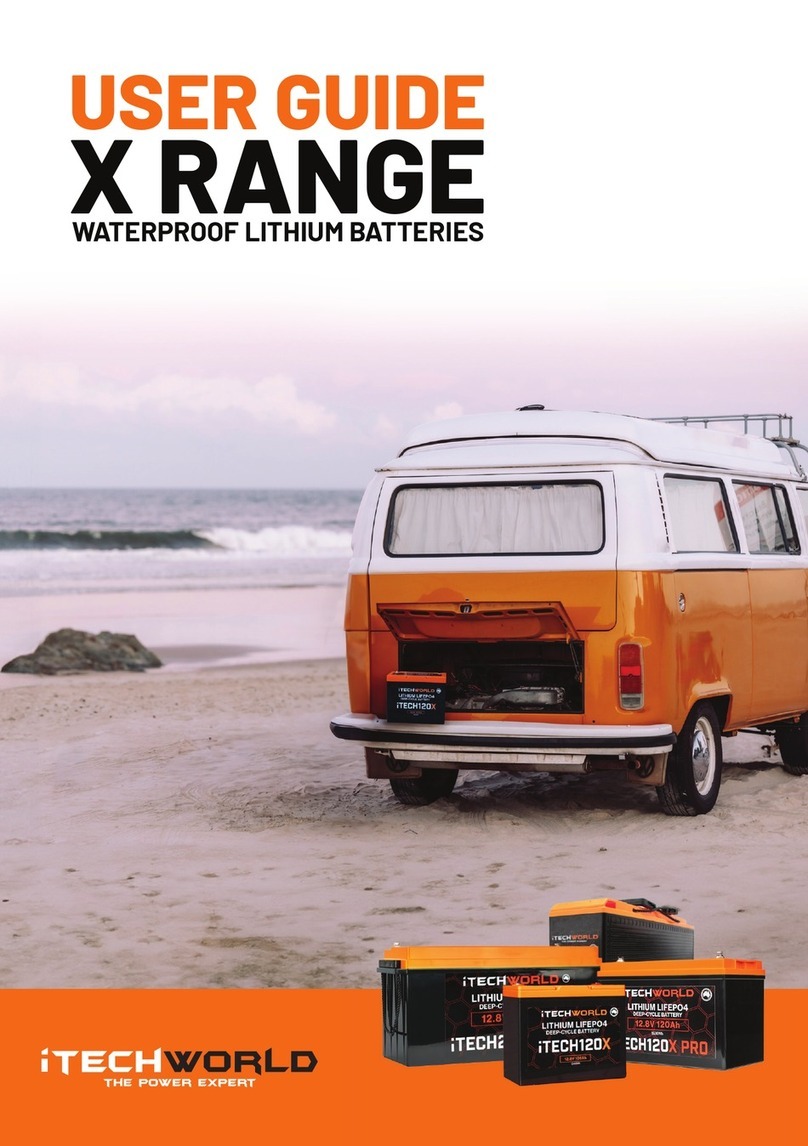Stryten Energy M Series User manual

M-SERIES
1
F100 FLOODED FLAT-PLATE MOTIVE POWER BATTERIES
INSTALLATION AND OPERATING INSTRUCTIONS
Previously Marathon Classic.
1. SAFETY
1.1 Follow your company’s Safety Instrucons when
working with or near industrial truck baeries.
Observe the cauon label axed to the baery.
Thoroughly familiarize yourself with industry and
government guidelines (OSHA, ANSI) for charging,
handling, and maintaining diesel baeries.
1.2 Assign baery and charger care to properly trained
personnel.
1.3 This baery contains sulfuric acid. Avoid contact
with skin, eyes, or clothing. Wear rubber apron, gloves,
boots, and goggles or face shield when handling,
checking, lling, charging or repairing baeries.
1.4 Keep water readily available for ushing spilled
electrolyte from eyes or skin. Use plain water only and
obtain medical aenon immediately. Special deluge
showers and eye wash basins are required.
1.5 Baeries produce hydrogen during charge. Keep
open ames away. Do not check electrolyte level
with a cigaree lighter or match. Use a ashlight or
permanent lights. Do not smoke or create sparks.
1.6 Li baeries with hoist, crane, li truck, or similar
equipment. Move baeries with trucks, conveyors
or rollers. Be sure to place a rubber mat or similar
insulang material across the tops of baeries without
covers when handling. Make sure equipment is of
ample strength and properly installed.
1.7 Never lay metal tools, such as wrenches or other
material on top of a baery.
1.8 Disconnect the baery from the locomove when
performing maintenance and repair on the motor or
electrical system.
BEFORE PLACING BATTERIES IN SERVICE,
REVIEW AND ADHERE TO THE SAFETY
GUIDELINES LISTED IN SECTION 1
DO NOT USE CHAIN OR WIRE ROPE SLINGS
CAUTION - READ THE ENTIRE INSTALLATION AND OPERATING INSTRUCTIONS BEFORE PLACING BATTERIES IN SERVICE
1.9 Open or “break” the baery circuit before
aempng repairs to terminal connecons.
1.10 Apply a strong neutralizer, like baking soda, when
acid is spilled on the oor. Check local regulaons
regarding disposal of neutralized waste.
2. RECEIVING BATTERIES
Immediately upon receipt of shipment, examine the
outside of the packing for signs of rough handling
before accepng baery from carrier. Wet spots on
the shipping pallet may be an indicaon of leaking jars
broken in shipment.
If there is evident damage, the receipt should be
signed and both copies (carrier’s and receiving copies)
marked “Shipment Received Damaged”. The carrier
should be called immediately and asked to make a
“Carrier’s Inspecon for Damage Report”.
If “concealed” damage is later detected, the carrier
should be called immediately and requested to make
a “Carrier’s Inspecon for Concealed Damage Report.”
Aer inspecon by the carrier, arrangements should
be made with the local Stryten Energy representave
to have the baery repaired before placing it in
service.
F100
3. PLACING IN SERVICE
Verify that the baery weight meets or exceeds
the minimum truck weight requirements. Allow the
baery to cool or warm to room temperature before
charging or adding water. Make sure the baery
charger is properly matched to the baery. Use a
charger with automac charger terminaon
controls.

2
M-SERIES
Remove the vent caps from each cell and check to see
that the electrolyte level is above the plates. If it is
obvious that the electrolyte has spilled out of any cells,
replace it with electrolyte of the same specic gravity
as found in the other cells of the baery. Replace the
vent caps and give the baery a freshening charge
unl there is no increase in specic gravity for three
hydrometer readings taken at one hour intervals.
During shipment of the baery, low temperatures
and/or normal shock and vibraon oen results in a
drop in the electrolyte level.
If the level is below the plates, recheck it aer 3 hours
of charging. If the level remains below the plates, add
water or electrolyte to the proper level at the end of
charging.
Following the rst month of service, the baery
should reach its normal operang specic gravity of
1.305 ± 0.005 at 77°F (25°C).
4. OPERATION
During shipment of the baery, low temperatures
and/or normal shock and vibraon oen results in a
drop in the electrolyte level. If the level is below the
plates, recheck it aer 3 hours of charging. If the level
remains below the plates, add water or electrolyte to
the proper level at the end of charging.
Following the rst month of service, the baery
should reach its normal operang specic gravity of
1.305 ± 0.005 at 77°F (25°C).
5. TEMPERATURE
In the operaon of move power lead acid baeries,
the electrolyte temperature must not exceed 110°F
(43°C). If the baery is connuously operated at or
above this temperature, the service life of the baery
will be severely diminished. Under normal operang
condions, baery electrolyte temperature should be
maintained between 60-100°F (15-38°C).
Following charging, the baery should be allowed
to cool-down or rest approximately 8 hours prior
to another discharge cycle. If a baery is ever hot
to the touch, allow it to cool to room temperature
before charging or discharging. If a baery
consistently operates at high temperatures greater
than 100°F (38°C), contact your local Stryten Energy
representave for service.
6. CHARGING
When recharging a fully discharged baery, the
starng charge rate may be 3 to 5 mes higher
than the nish charge rate indicated on the baery
nameplate. The charge rate should taper down to
the nish rate by the me the baery is 85% charged
and may be even lower when fully charged. High “on
charge” temperatures or frequent need for water
addions are indicaons of overcharging. Short
running mes and/or low end-of-charge specic
gravies may indicate inadequate recharge. Consult
your local Stryten Energy representave on specic
charging problems.
The ampere-hour rang of the charger applied to the
baery should be within 10% of the ampere-hour
rang of the baery.
F100
DO NOT INTERMITTENTLY CHARGE,
“OPPORTUNITY CHARGE”, OR SHORT CYCLE
THIS BATTERY, UNLESS IT HAS BEEN DESIGNED
AND APPROVED FOR SUCH APPLICATION
7. MAINTENANCE
KEEP RECORDS… Showing specic gravies,
equalizing, charging, temperature, cleaning and
voltages on a monthly basis. These records are
required to maintain your warranty.
TEMPERATURE… Under normal operang condions,
the electrolyte temperature should be between
60-100°F (15-38°C). Operang temperatures above
100°F will reduce the baery’s service life. Operang
temperatures below 60°F result in less capacity and
special charging is required.
WATER ADDITIONS… Stryten Energy approved
chargers have the capability for equalize charging
at specic mes and days of the week (e.g. Sunday
08:00). Water addions can be made the following
day prior to use, provided an equalizaon charge is
conrmed to have been performed.
EQUALIZE… Once a week.

M-SERIES
3
DEPTH OF DISCHARGE… Do not discharge the baery
below 80% of the rated capacity. Over discharging
shortens the baery life and voids the warranty.
CLEANING… Keep the top of the baery clean and dry.
See Item 8.
PREVENTIVE MAINTENANCE SCHEDULE...
WEEKLY
• Check electrolyte levels (see water addions).
• Equalize charge.
MONTHLY
• Record electrolyte specic gravies.
• Visual inspecon and conrmaon that the baery-
mounted monitor is funconing properly.
• Inspect the cables and charging plugs.
• Clean the top of the cells.
SEMI-ANNUAL
• Inspect the charger. Conrm proper output voltage
and current. Check for external damage, frayed
cables, or worn connectors.
• Clean the exterior of the baery .
TROUBLE SIGNS
Baery temperature averages more than 125°F.
Open circuit cell voltages vary by 0.15 volts or more
and specic gravity varies by 0.020 or more during
equalizing.
The top of the baery is always wet or one cell
requires excessive water.
8. MAINTENANCE CLEANING
The top of the baery should be kept clean and dry.
Keep the vent caps in place during use and charging.
Remove them only to observe electrolyte levels, make
water addions, take temperatures, or take specic
gravity readings with a hydrometer. If the baery
requires cleaning, contact your local Stryten Energy
servicing representave. The soluon used to clean
and neutralize the outside of the baeries should be
disposed of in an environmentally safe manner.
9. WATER ADDITIONS
Maintain electrolyte levels above the plates, but no
higher than 1/8” from the boom of the cell cover
vent well. Check the electrolyte level weekly, or as
necessary depending on baery use prior to charging.
If the level is not visible (below the plates) add just
enough water to cover it and then proceed with
charging the baery. Otherwise, defer watering the
baery unl the end of the charging period when the
baery is fully charged and the charger has tapered
to its nish rate. At that me, add enough water to
bring the electrolyte level to between 1.2-2.2” of the
top of the cover. Always use dislled water or water
that is known to be free of abnormally high amounts
of impuries. Contact your local Stryten Energy
representave if you are not sure of your water
quality.
F100
BATTERIES MUST BE VISUALLY INSPECTED PER
THE ABOVE SCHEDULE EVEN WITH THE USE OF
A WATERING SYSTEM
10. SERVICE AND PARTS
Your local Stryten Energy sales representave
has more informaon regarding the full range of
maintenance and repair service available. Stryten
Energy can also supply all of your baery, charger, and
accessory device replacement part needs. For more
informaon in the U.S.A. and Canada, call 1-888-563-
6300. All others, please contact your local Stryten
Energy baery sales representave.
11. RECYCLING
U.S. Federal and State Regulaons require that
lead acid baeries be handled and disposed of in
compliance with strict guidelines. Stryten Energy
oers disposal service for lead acid baeries. Call
1-888-438-5865 to arrange a pick-up or to get
addional informaon.
©2023 Stryten Energy Alpharea, GA 30005 SE1026 1/23
STRYTEN ENERGY
USA/PR 877.462.4636 CAN 800.268.2698 MEX +52 5543527927
Other manuals for M Series
5
This manual suits for next models
1
